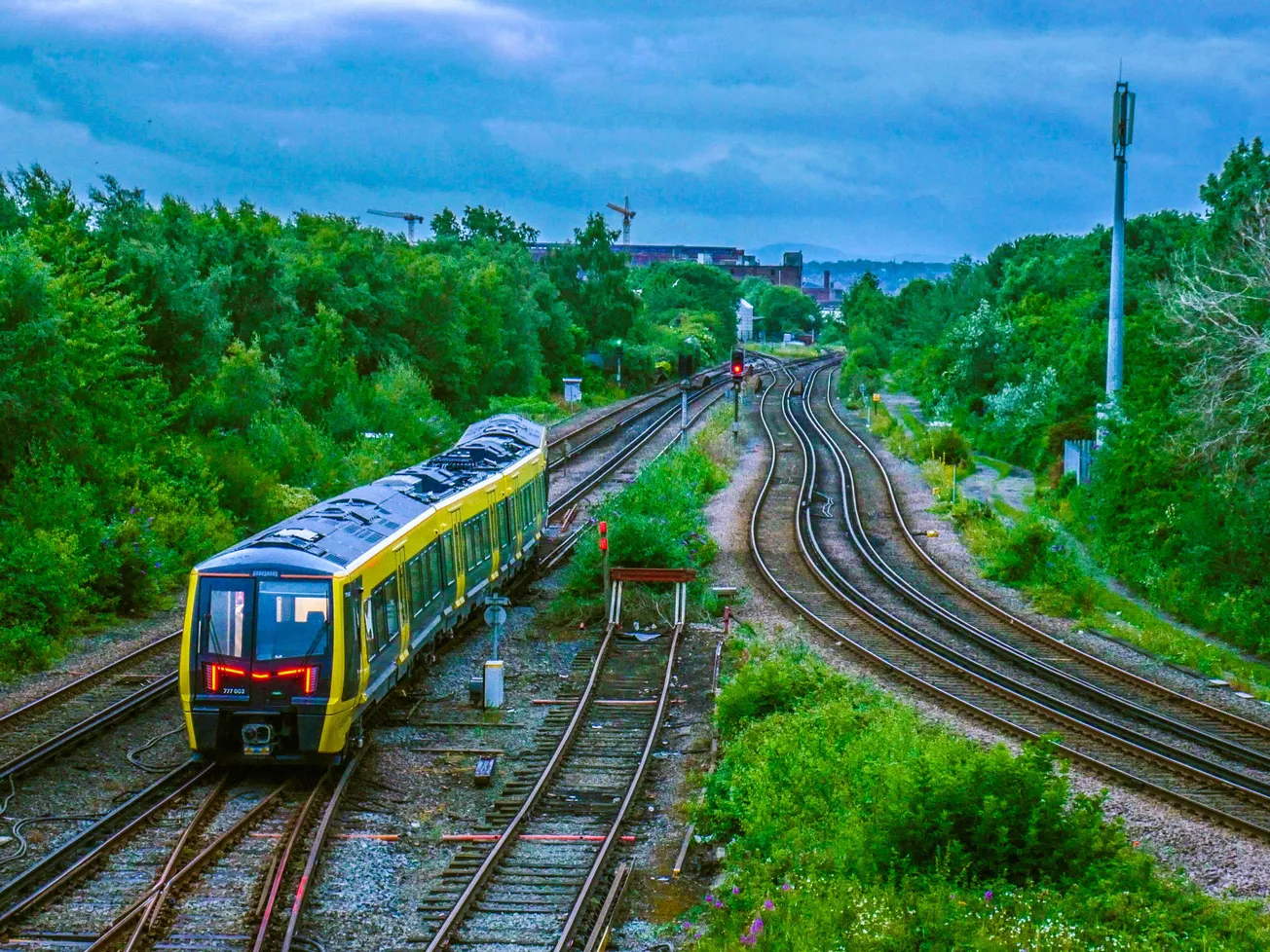Merseyrail is strapped for cash — but to survive, it needs to get bigger

The effects of the pandemic and limited local control have created a perfect storm for our rail network
Dear members — things aren’t looking good for Merseyrail. Despite the hugely welcome recent news that its new fleet of trains (all 777 of them) have finally arrived, the company finds itself in murky waters financially. Since 2016 the losses have been going up and up, with a real battering during the pandemic and little recovery since. Data man Daniel Timms has delved into the financials, with the solution to cutting losses perhaps an unusual one: get bigger.
Editor’s note: This edition is for paying members of The Post only. As you’ll see below, we’ve deliberately left non-paying members on something of a cliffhanger: “Like many public transport networks, the finances are not looking rosy” (we resisted the urge to deploy dramatic elipses). By signing up today, you’ll not only bypass that paywall and walk away with a head full of knowledge about Merseyrail’s perilous financial position, you’ll also be supporting high-researched independent journalism, the antidote to low grade clickbait filler. And it’s only £1.25 a week to do so. We would say it’s cheap as chips, but it’s actually cheaper.
Your Post briefing
Is hydrogen the future of Liverpool’s public transport? The city’s first hydrogen buses — 20 in number — have started running between St Helens, Knowsley and the city centre, with Steve Rotheram saying they will be "brilliant for those congested routes where air quality is a real problem". Indeed: if you want to read more about just how much of a problem air quality is in Liverpool, click here. The buses are a part of the city region plans to achieve net zero carbon by 2040. What’s more, passengers will also have internet access, reading lights, wireless and USB charging, and increased capacity for wheelchair users.
Everton’s much-maligned “Peace Garden”, which was handed over to St Modwen's Developments Ltd by the council in 2014 as part of the masterplan for Project Jennifer, has apparently been sold on by the developer. The garden — which consists largely of mounds of compost and crumbling hoardings, has been one of many points of annoyance for residents over Jennifer, which also promised but failed to deliver a medical centre and dental surgery, instead bringing in large retailers and fast food outlets. An FOI filed by Kevin Robinson-Hale, who stood as a Green candidate in the ward but lost to Labour, reveals that the 0.51 acre plot — which St Modwen was given for free — has been sold. “I have emailed St Modwen for details and will get to the bottom of this!” Robinson-Hale tweeted.
577 voters were turned away across the Wirral for not having voter ID in the recent local elections, less than half of whom returned. Green Councillor Jason Walsh said that he was approached by a number of people in the wake of the election saying that they were unable to vote. Given the closeness of the vote in seats like Heswall, where just 21 votes separated the Liberal Democrats and Conservatives, the concern is understandable. An initial analysis of the impact of voter ID — a scheme made even more controversial after former cabinet minister Jacob Rees-Mogg appeared to suggest it was a deliberate attempt to gerrymander election results on stage at National Conservative Conference — will be published in June by the Electoral Commision, with a full report in September.
At long last, the promised 777 Merseyrail trains are here. And other than the raging debate over the comfort levels (or lack thereof) of the seating — and you can forgive Metro Mayor Steve Rotheram for a slightly exasperated tweet on the subject — they’re obviously an upgrade. They’ve begun to be rolled out on the Ormskirk line, and will continue to be phased in across the network.
This is a welcome piece of good news for a network which took a financial hit over the course of the pandemic — and which continues to be loss-making to this day. When we put some of these issues with the rail network to them, a spokesperson for the Liverpool City Region Combined Authority said:
“Mayor Rotheram and the Combined Authority have committed to delivering a London-style integrated transport system that makes getting about faster, cheaper, cleaner and more reliable.
This year has seen the rollout of the region's £500m publicly owned state-of-the-art trains and construction near completion on a brand new £80m station at Headbolt Lane, in Kirkby, while planning is underway to transform the former St James station in the Baltic into a new £100m train station.”
All of this activity might suggest a politician dedicated to their constituency. It might also suggest there’s a lot of work to do. If antique forms of transport are your passion, you’ll be delighted to learn that last year, Merseyrail had the oldest rolling stock in the country by an impressive margin (the rest of us may be rather less amused). The average train was over 13 years older than the runner up, Transport for Wales. As we reported last year, the contract to buy the trains was originally signed in 2016, but it’s taken another seven years to see them on our local network. Pandemic-related delays, and disputes around the role of guards and drivers, have all held up proceedings.
Spot the odd one out… Source: Office of Rail and Road table 6313
But don’t be fooled by the sleek exterior or USB ports under the seats into thinking all is well at Merseyrail. Like many public transport networks, its finances are not looking rosy.
Liverpool deserves great journalism. You can help make it happen.
You're halfway there, the rest of the story is behind this paywall. Join the Dispatch for full access to local news that matters, just £7/month.
SubscribeAlready have an account? Sign In

Latest
A blow for the Eldonians: ‘They rubber-stamped the very system they said was broken’
How Liverpool invented Christmas
This email contains the perfect Christmas gift
Merseyside Police descend on Knowsley
Merseyrail is strapped for cash — but to survive, it needs to get bigger
The effects of the pandemic and limited local control have created a perfect storm for our rail network